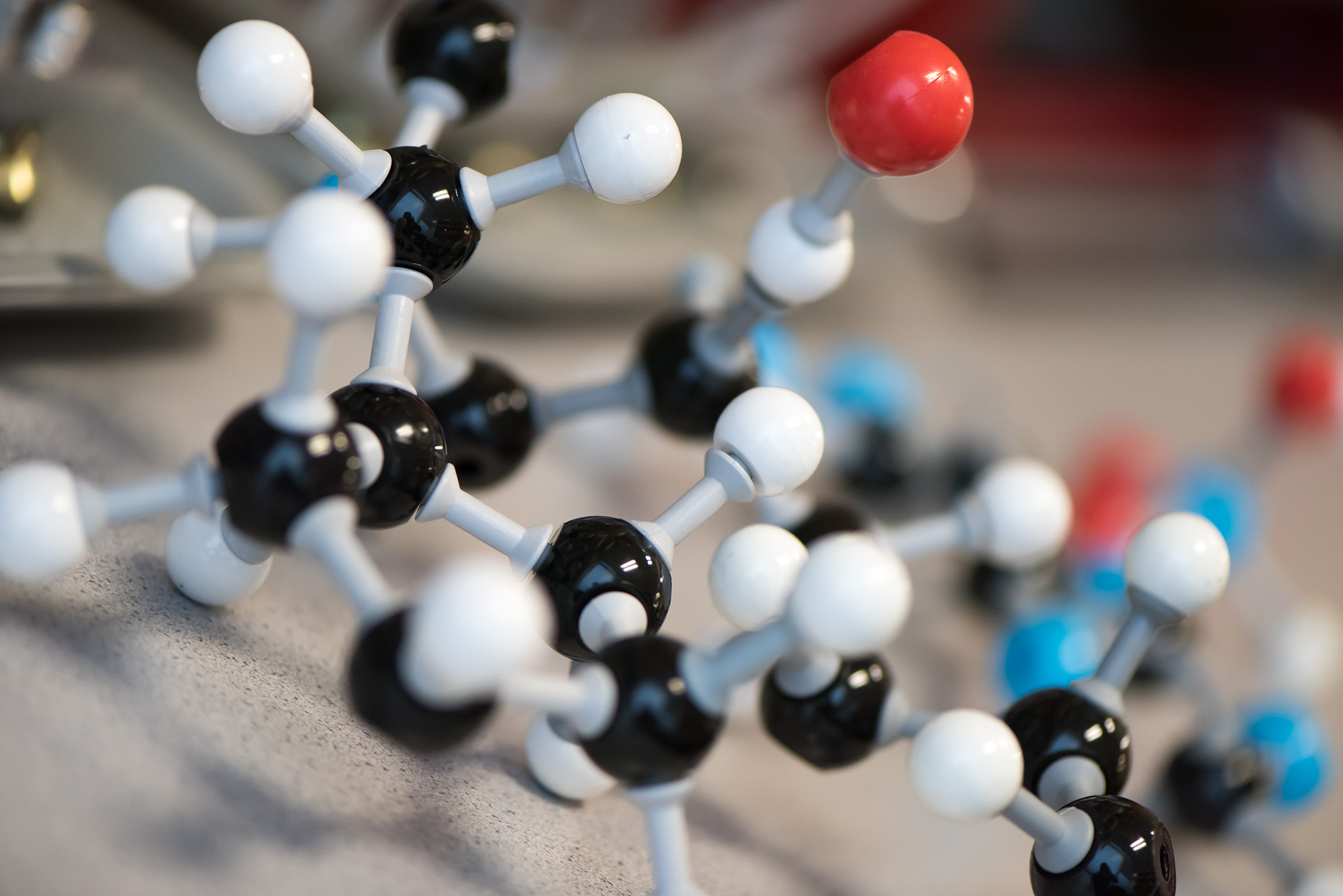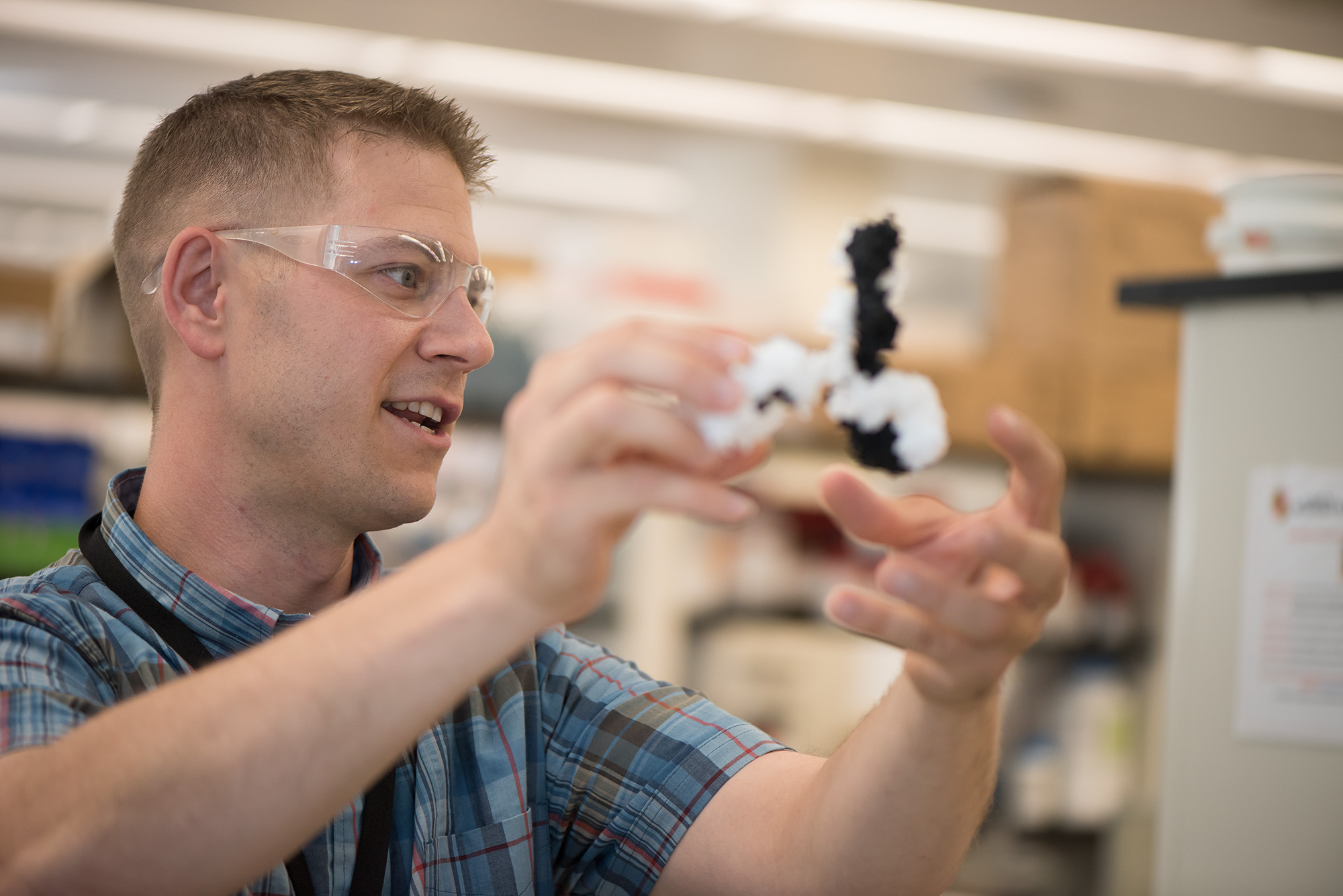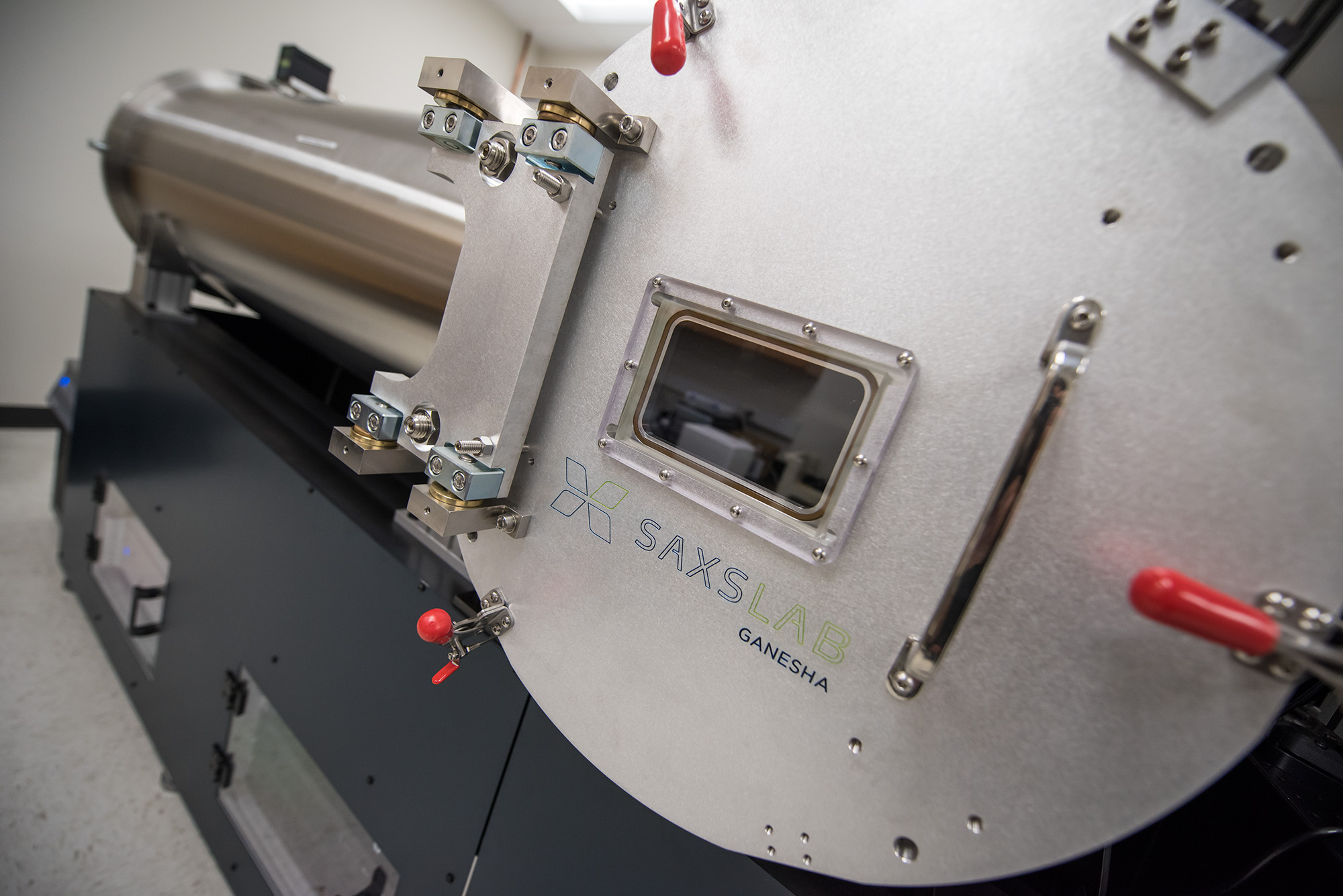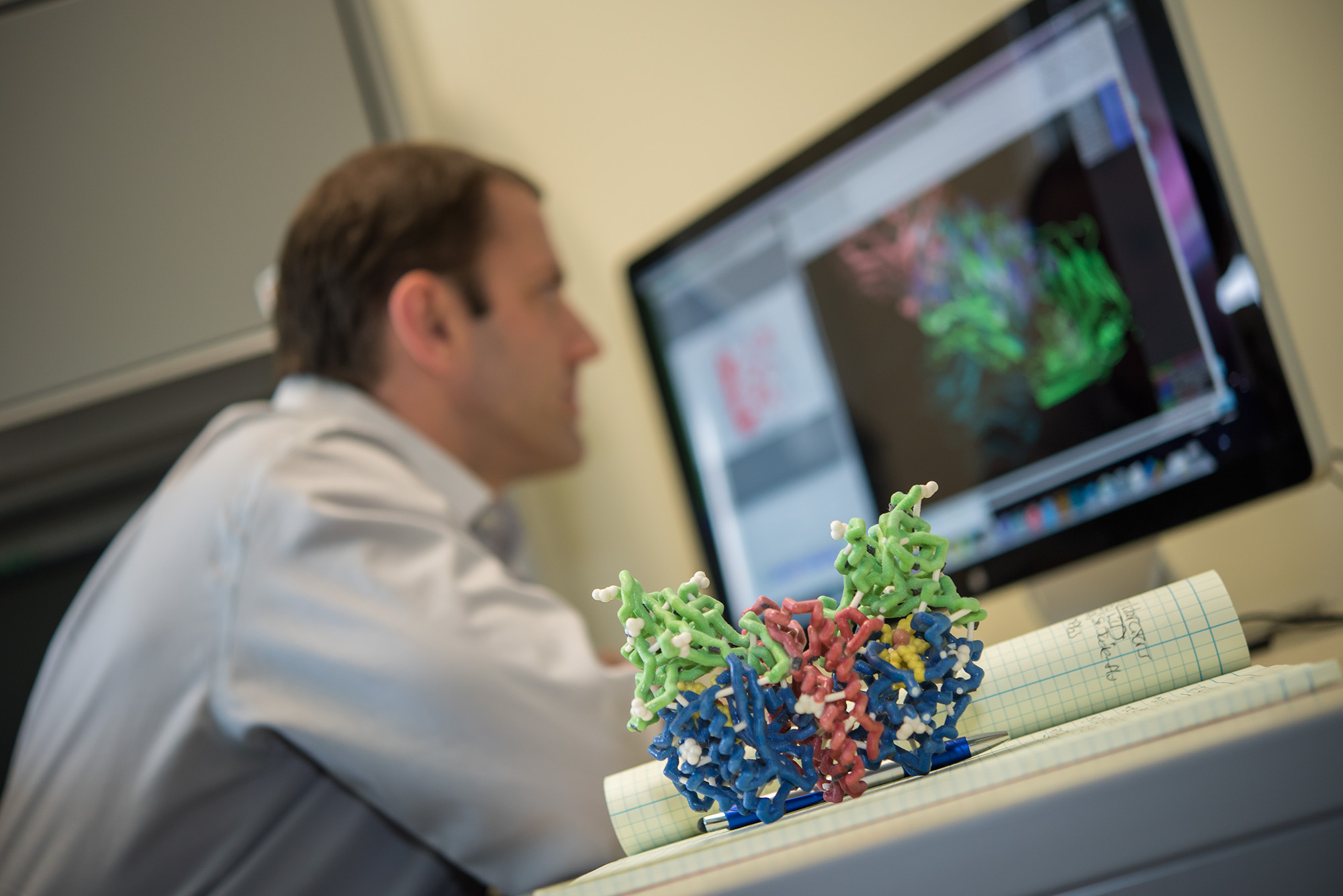
IBBR Study Advances Hepatitis C Vaccine Development
Hepatitis C virus (HCV) poses a tremendous global health concern as a cause of hepatocellular carcinoma and other liver diseases, with over 58 million people infected globally and 1.5 million new infections each year. Current direct-acting antiviral drugs are effective cures but expensive and subject to viral resistance variants, posing...
.jpg)
IBBR and NIST Scientists Bring PANIC to the Chemical Society of Washington
NIST scientist Dr. Ryan Nieuwendaal addressed the March 2024 dinner meeting of the Chemical Society of Washington (CSW) to introduce PANIC, the Practical Applications of Nuclear Magnetic Resonance (NMR) in Industry Conference. Dr. Nieuwendaal serves as the current Chair of PANIC as it enters its tenth year. Ryan's description of...
Rui Yin Receives Outstanding Graduate Assistant Award along with NCI-UMD Fellowship
IBBR congratulates graduate student Rui Yin on her NCI-UMD fellowship, and for being awarded the Outstanding Graduate Assistant Award by the University of Maryland Graduate School. The Outstanding Graduate Assistant Award is a prestigious award given to the top 2% of campus graduate assistants each year and recognizes the outstanding...
About IBBR
IBBR is a joint research enterprise of the University of Maryland, College Park, the University of Maryland, Baltimore, and the National Institute of Standards and Technology.
IBBR leverages state-of-art integrative methods for bioanalytical, biophysical and structural characterization of biomolecules: cryo-electron microscopy, nuclear magnetic resonance, x-ray crystallography, small angle neutron and x-ray scattering and mass spectrometry.
IBBR researchers seek to advance therapeutic development, biomanufacturing, and state-of-the-art measurement technologies, to support accelerated delivery of safe and effective medicines to the public.
IBBR is a major initiative and supported in part by the University of Maryland Strategic Partnership: MPowering the State (MPower) , an initiative designed to achieve innovation and impact through collaboration.
Connecting
IBBR Commons
Sophisticated state-of-the-art instrumentation and facilities, and in-house expertise located in shared space and dedicated to advance research, support collaboration and foster innovation of methods. Instrumentation and facilities include tools for high-resolution structural biology, bioanalytical and biophysical measurement, protein engineering and cell culture, advanced computation including artificial intelligence and deep learning methods, and general laboratory services. These capabilities and advanced training are available to IBBR scientists and collaborators.
IBBR Postdoc Program
The IBBR Postdoc Program (IPP) focuses on collaborative research involving basic science and technology development that advances therapeutic development, vaccine development, and biomanufacturing. IPP Fellow project teams are designed with a combination of the IPP Fellow career goals and priorities of project mentors who can be from academic, government, and/or industrial laboratories throughout the University of Maryland, NIST and the I-270 corridor.
NMRPipe
IBBR is home to NMRPipe, a popular collection of programs and scripts for manipulating multidimensional Nuclear Magnetic Resonance (NMR) data. The use of NMRPipe is noted in roughly 40% of all NMR structures accepted into the Protein Data Bank.

Upcoming Events
Francisco Asturias
University of Colorado Anschutz School of Medicine
Tuesday, April 23, 2024 - 11:00am
Mark Wilson
University of Nebraska Lincoln
Monday, April 29, 2024 - 11:00am
BMD Staff Seminar ALL HANDS MEETING
BMD Staff Seminar ALL HANDS MEETING
Tuesday, April 30, 2024 - 11:00am
Recent Publications
Deciphering S100B Allosteric Signaling: The Role of a Peptide Target, TRTK-12, as an Ensemble Modulator.
Allostery is an essential biological phenomenon in which perturbation at one site in a biomolecule elicits a functional response at a distal location(s). It is integral to biological processes,...
Combinatorially restricted computational design of protein-protein interfaces to produce IgG heterodimers.
Redesigning protein-protein interfaces is an important tool for developing therapeutic strategies. Interfaces can be redesigned by in silico screening, which allows for efficient sampling of a...
Glycoengineered recombinant alpha1-antitrypsin results in comparable in vitro and in vivo activities to human plasma-derived protein.
Alpha-1-antitrypsin (A1AT) is a multifunctional, clinically important, high value therapeutic glycoprotein that can be used for the treatment of many diseases such as alpha-1-antitrypsin...
Balancing Group I Monatomic Ion-Polar Compound Interactions for Condensed Phase Simulation in the Polarizable Drude Force Field.
Molecular dynamics (MD) simulations are a commonly used method for investigating molecular behavior at the atomic level. Achieving reliable MD simulation results necessitates the use of an...
The immune checkpoint receptor LAG3: Structure, function, and target for cancer immunotherapy.
Lymphocyte activation gene 3 protein (LAG3) is an immune checkpoint receptor that is highly upregulated on exhausted T cells in the tumor microenvironment. LAG3 transmits inhibitory signals to T...


